7 Tips to Shine in Front of the Lens (If You Don’t Like Being Photographed)
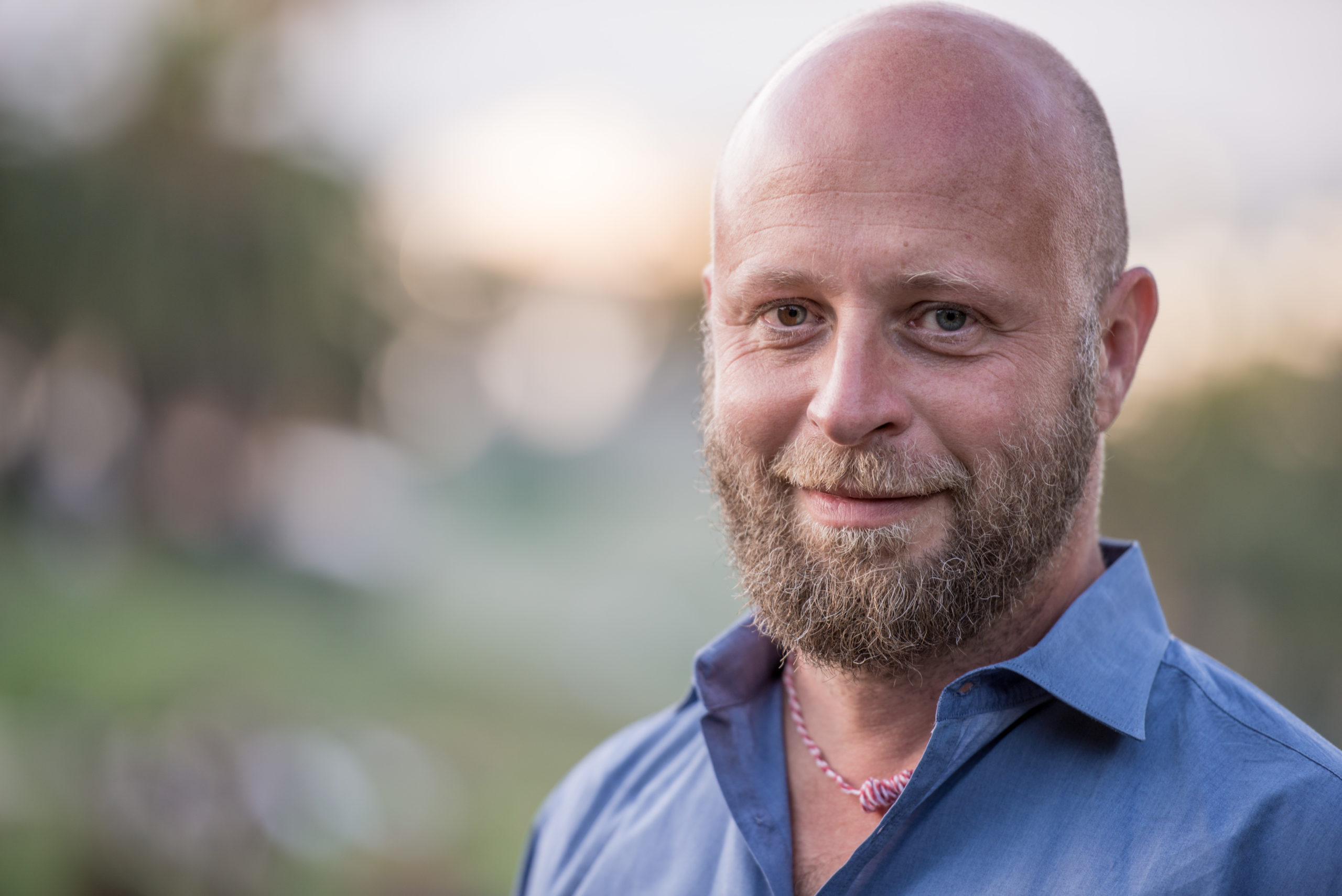
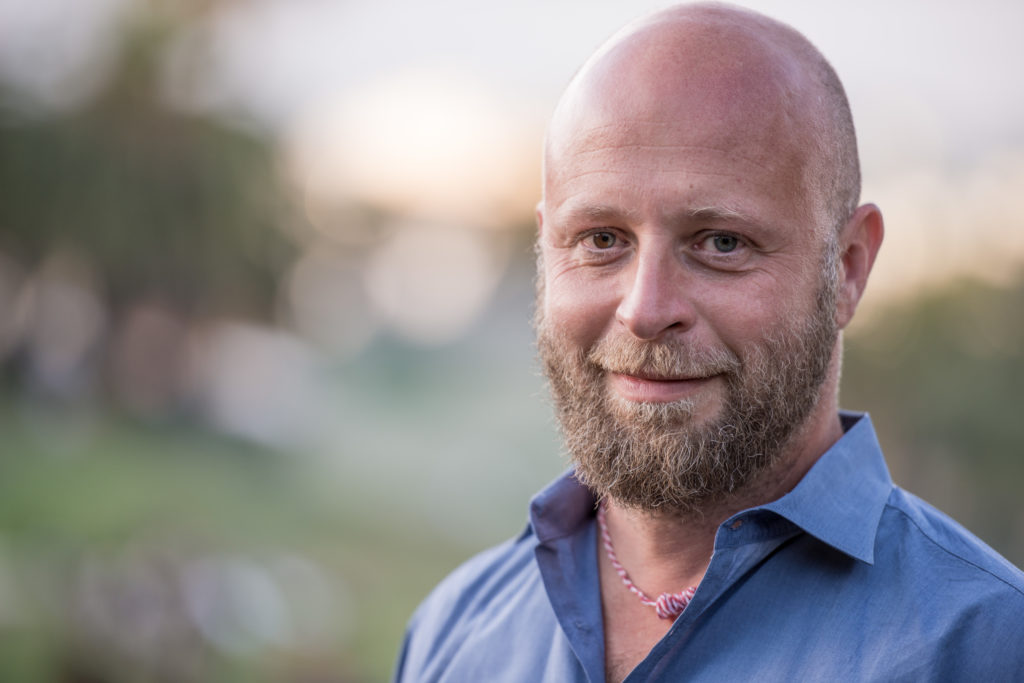
Many people would rather eat a lemon than get their picture taken. I should know. I’m one of them. As a professional photographer, I still feel awkward in front of the camera. My face freezes. What do I do with my mouth? Where do I look? And what the heck am I supposed to do with my hands?
However, after taking portraits of thousands of people, many of them camera-shy, I can share these 7 tips for feeling more comfortable in front of a camera:
1. Preparation
Have a good morning before a shoot. Make sure you slept well, have a good breakfast, go to the gym–whatever helps you show up with energy and in good spirits.
2. Clothing
Wear something that you feel good, strong, and comfortable in. Most important, wear something that feels like YOU. Your favorite sweater? Those lucky earrings? That red shirt that fits just so? Your comfort will come across.
3. Trust Your Photographer
Good portrait photographers know how to elicit the right expressions from you.
I often ask clients to lipsynch to their favorite song or dance during a session. When we’re in movement, our faces are more relaxed, and the photos feel more lively.
A good photographer knows how to direct you, your face, where you look, so that you’re putting your best face forward. And remember, the photographer is on your side!
4. Body Pose
Leonardo da Vinci never painted anyone head-on. That’s because standing stiffly like you’re taking a passport photo makes for a lifeless image.
Instead of posing with your chest directly facing the camera, position yourself at a slight angle to the lens. Instead of standing with your weight evenly on both feet, try favoring one leg. (This is what the ancient Greek sculptors called contrapposto.)
This creates fluid lines through the body, and a more dynamic composition overall.
5. Screw Up Your Face, Then Release It!
If you screw up your face really tight (like you just stepped on a nail) and release the muscles, your face will soften and relax. Do this a few times before the camera starts shooting. The expressions will come much more naturally.
6. Really Smile
If you’re smiling, really smile. Not the clenched smile you give someone squeezing next to you in the elevator.
A real smile engages the muscles of the eyes, not just the mouth. Those seeing your photo can tell the difference between a genuine smile and a social, polite smile.
Smile like you were just handed a balloon. Smile like you just smelled warm apple pie. Smile like you’re seeing an old flame you haven’t seen since that summer in Italy.
7. Look Into the Camera, Not At It
When you look into the lens, imagine that you’re looking, not at a piece of equipment, but at a person. Someone you’re trying to communicate with. What would you like to say to them, without words?
Instead of worrying about your eyes or mouth or your nose as separate elements, feel inside first what you would like to communicate. Warmth? Confidence? Naughtiness?
Your eyes and face will carry that feeling without you having to manage each specific feature.
*****
Let’s look at Ilya as an example.
Here, he’s just getting used to the camera. His expression seems hesitant, his mouth is tight, and though he’s facing the camera straight on, he’s leaning back a bit protectively.
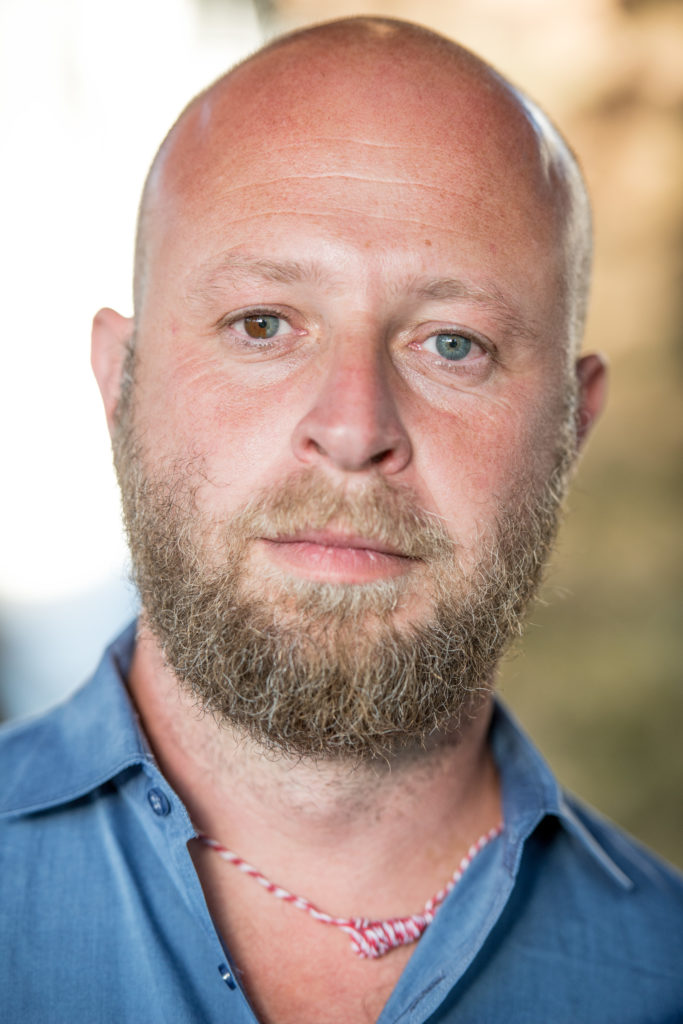
Now he’s smiling, but it’s a social smile. The eyes are just starting to engage.
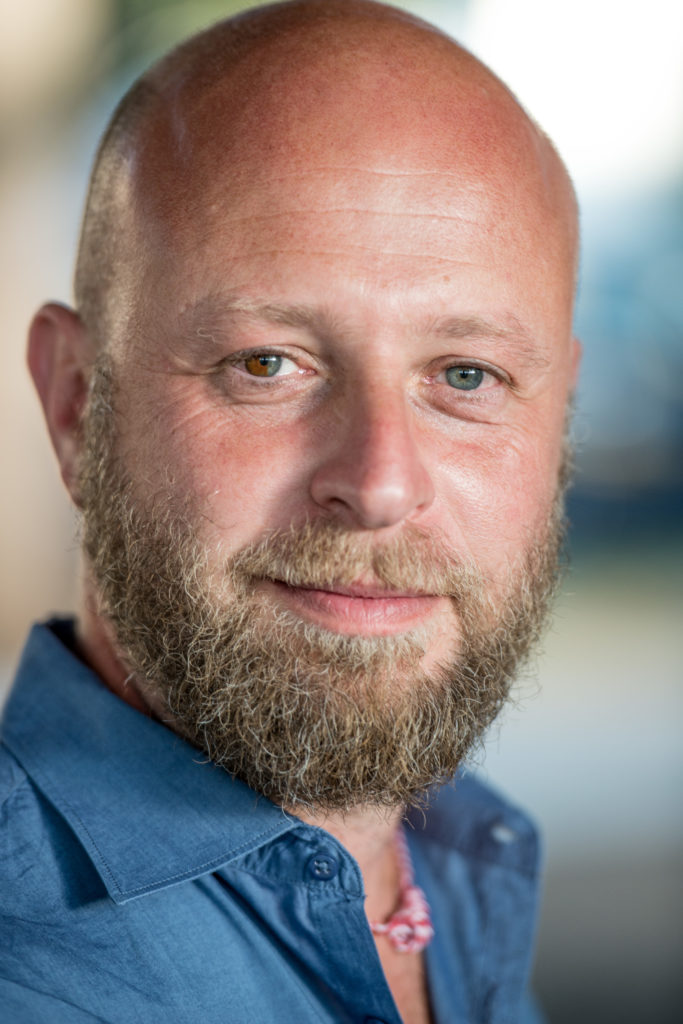
There! A real smile! Look at those eyes. The face is opened up. It’s a genuine, radiant moment!
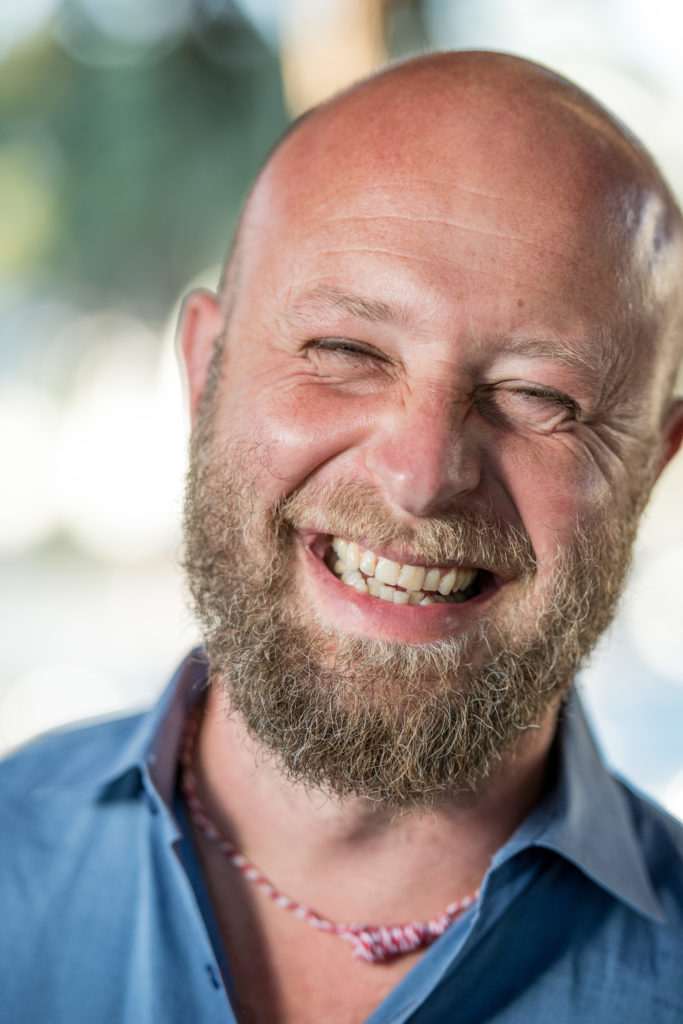
And now, look at the difference from the first photo. He’s standing at a slight angle, he’s really engaging the viewer. The eyes connect. The posture, head angle, and expression all seamless form a compelling portrait.
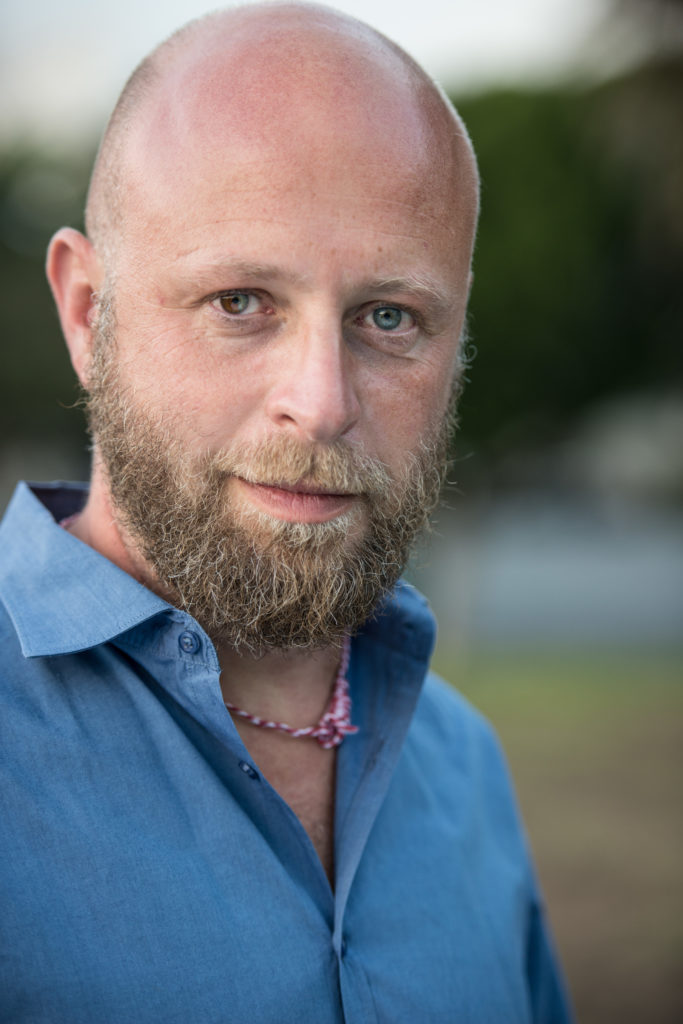
Good work, Ilya!
Be the first to comment